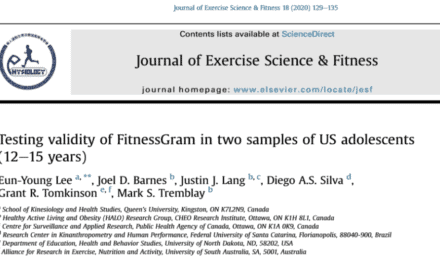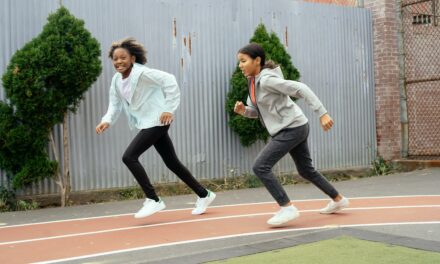HALO Scientist Dr. Pat Longmuir is senior author on a paper, “Relationship Between Physical Activity, Tic Severity and Quality of Life in Children with Tourette Syndrome,” that was recently published in the Journal of the Canadian Academy of Child and Adolescent Psychiatry. Citation details and a summary of the paper are below.
Doja A, Bookwala A, Pohl D, Rossi-Ricci A, Barrowman N, Chan J, Longmuir PE. Relationship Between Physical Activity, Tic Severity and Quality of Life in Children with Tourette Syndrome. J Can Acad Child Adolesc Psychiatry. 2018 Nov;27(4):222-227.
Abstract
OBJECTIVE: To examine the relationship between physical activity, tic severity and quality of life (QoL) in children and adolescents with persistent tic disorder and Tourette Syndrome. METHOD: Baseline data was examined from a larger randomized controlled trial (Clinicaltrials.gov NCT02153463). Physical activity was assessed via pedometers with daily step count recorded. Tic severity (assessed via Yale Global Tic Severity Scale or YGTSS) and QoL (assessed via PEDs QL 4.0) were compared between those more physically active (≥12,000 steps/day) and less physically active (<12,000 steps/day).
RESULTS: Thirteen children participated; four had ≥12,000 steps/day and nine had <12,000 steps/day. The active group had a lower total tic severity (p = 0.02), and total YGTSS score (p=0.01). The vocal tic severity score was lower in the active group (p=0.02). Motor tic severity was not different amongst the two groups. For Peds QL scores, the active group performed better in physical functioning (p=0.01), social functioning (p=0.03), school functioning (p=0.02), psychosocial functioning (p=0.03) and total PEDs QL score (p=0.01). CONCLUSIONS: Higher physical activity levels are associated with lower vocal tic severity and improved aspects of quality of life. Further research is needed to determine the utility of physical activity as therapy for tics.
Click here to read the paper for free.





